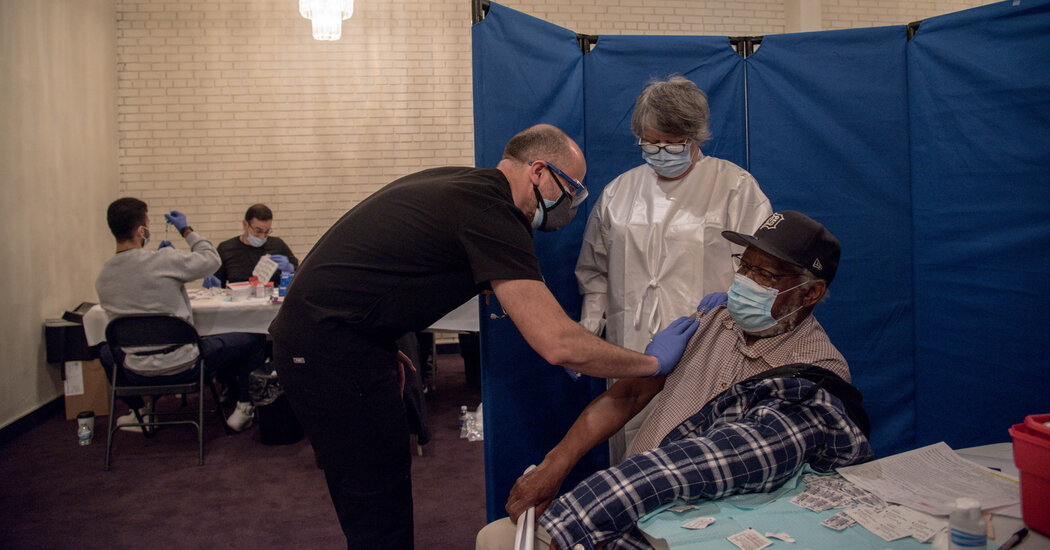The country is a study of contrasts. New Jersey, New York, Connecticut, and other northeastern states continue to report high levels of cases, and Illinois, Minnesota, and several other Midwestern states have seen worrying upward movements. In large parts of the south and west, however, the number of cases remains relatively low.
California reports continued declines of about 2,600 cases per day, compared with more than 40,000 daily for much of January. Arizona has an average of 570 cases per day, compared with more than 10,000. And in Arkansas, fewer than 200 cases are announced on most days, a decrease of 40 percent in the past two weeks.
But if any place offers any glimpse into the threat of a new climb, it’s Michigan.
Health officials attributed the rapid rise in cases in part to variant B.1.1.7, which was originally identified in the UK and is widespread in Michigan. But they have also seen a wider return to pre-pandemic life, translating into an easing of mask wear, social distancing, and other strategies to slow the spread of the virus – many weeks before a significant portion of the population is vaccinated.
Nationwide, more than 2,300 coronavirus patients are being hospitalized, a number that has more than doubled since the beginning of March. Five hospitals in the Henry Ford system in the Detroit area had a total of 75 coronavirus patients for the week of March 8. As of Tuesday, the hospitals were up to 267 patients. On Monday, the health system announced it would reintroduce a policy to limit visitor numbers at several hospitals in response to the recent surge.
Dr. Adnan Munkarah, clinical director of the Henry Ford health system, said more coronavirus patients are now surviving the disease than in 2020, also because they are younger.
But he’s frustrated, he said, and his staff is exhausted. “We were hoping that we would have better control of things now,” he said.
